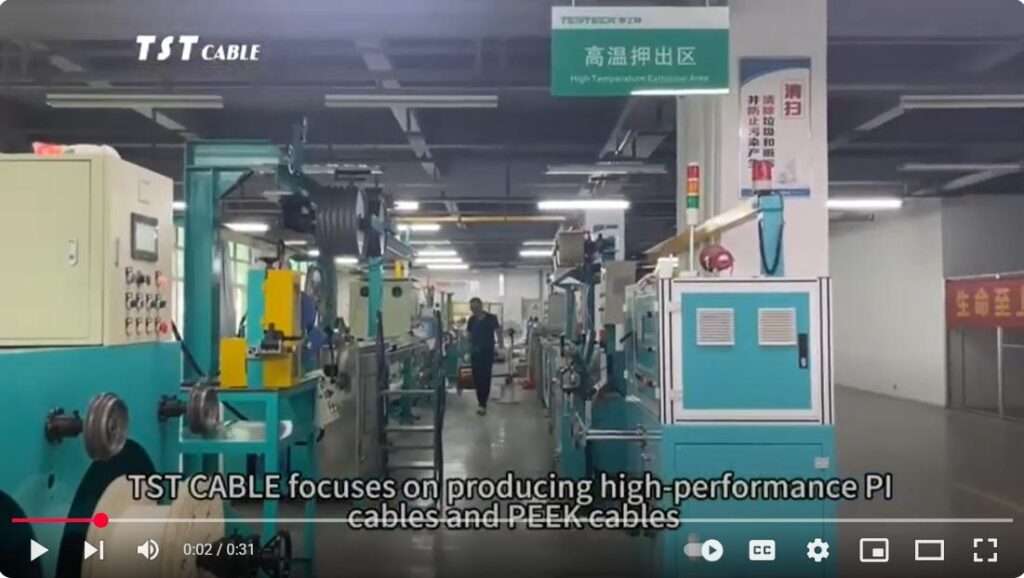Introduction: Safety issues in the new era of nuclear energy
Driven by the “dual carbon” goal, China’s nuclear power installed capacity has exceeded 56 million kilowatts, ranking second in the world. As nuclear power plant domes rise in coastal areas, a core issue that is often overlooked has surfaced: In the extreme environment of more than one trillion particle bombardments per second inside the nuclear island, how to ensure the absolute safety of the “industrial blood vessels” – the cable system? This is not only the commanding height of technical breakthroughs, but also the last line of defense of the nuclear safety system.
Against this background, TST CABLE Cable Company, relying on years of technical accumulation, has launched a full range of system solutions for anti-nuclear radiation cables, providing an innovative path for cable applications in extreme environments. Today, I will explain it in detail for you——
1. Life and death challenges in nuclear radiation fields
Inside nuclear facilities, cables are subjected to three fatal tests:
1 Gamma ray bombardment: 3×10⁹rad radiation dose is equivalent to 300 million high-energy particle impacts per gram of material per second. The insulation layer of ordinary cables will be brittle and cracked within 72 hours.
2 Temperature purgatory: From a liquid nitrogen environment of -190℃ to a steam pipeline of 260℃, the repeated impact of a temperature difference of 200℃ leads to a mismatch in the material expansion coefficient.
3 Chemical corrosion: The strong acid and alkali solutions in the nuclear waste treatment pool are 300 times more corrosive than conventional industrial environments.
The investigation of the Fukushima nuclear accident in Japan showed that more than 37% of the secondary disasters were caused by the failure of key lines. This warns us that nuclear-grade cables are not a simple upgrade of ordinary industrial products, but a new dimension of materials science and system engineering.
2. TST CABLE Nuclear Radiation Resistance Cable: System Breakthrough Driven by Material Science
Facing the harsh challenges of nuclear radiation environment, Shenzhen TST CABLE Co., Ltd. focuses on nuclear radiation resistance application scenarios based on core technology breakthroughs. It builds a full system solution through innovative material systems and precision design for different radiation dose levels, corrosive media, electromagnetic interference, extreme temperature ranges and safety performance (flame retardant, low smoke, low toxicity, flexibility) and other diverse needs.
Four major characteristics redefine the performance boundary of radiation-resistant cables
1 Nuclear radiation resistance performance: lasting protection across the dose threshold
TST CABLE cable can meet long-term work in a radiation dose environment of 1×105rad to 3×10⁹rad. Its radiation resistance is guaranteed by multiple technologies: using a high-stability polymer matrix to inhibit radiation-induced molecular chain breakage and oxidation reactions; adding radiation-resistant modifiers to form a free radical capture network to reduce radiation damage accumulation; unique insulation layer structure design to effectively shield high-energy particle penetration.
2 Ultra-wide temperature range: an all-round warrior in extreme thermal environments
The product has: long-term temperature resistance of -190℃ to 260℃, and short-term extreme temperature resistance of 300℃, which breaks through the temperature range limit of traditional cables. The material system uses high-temperature resistant engineering plastics (such as PEEK, PI) and cross-linked modified materials, and through molecular chain reinforcement and heat-resistant network construction, it achieves the characteristics of non-brittleness at low temperatures and non-flow at high temperatures.
3 Corrosion and wear resistance: a tough barrier under harsh working conditions
TST CABLE has excellent chemical corrosion resistance and mechanical wear resistance. The surface of the material is specially treated to form a dense protective layer, which enables it to maintain structural integrity and electrical performance in harsh working conditions such as nuclear waste treatment facilities (contact with highly corrosive media) and military equipment (subject to mechanical shock).
4 Extreme flexibility: a free solution for complex wiring
The product flexibility reaches a full radius of 1.5D to 6D (D is the cable diameter), enabling flexible installation in small spaces and dynamic motion scenes. In the wiring of medical MRI machines (frequent equipment movement is required) and spacecraft compact cabins, it can be bent arbitrarily without damaging the conductor or shielding layer, reducing the difficulty of installation and maintenance and improving system reliability.
TST CABLE 5 major nuclear-resistant cable systems: customized connection solutions for cracking high-radiation environments
The 5 major product categories are precisely adapted to different scenarios. Through the deep coupling of material science and performance design, they specifically meet the needs of extreme scenarios such as nuclear reactor monitoring, nuclear fuel transportation, nuclear waste treatment, military equipment and spacecraft high-radiation environments, and medical imaging equipment signal transmission. With differentiated characteristics (such as PEEK high temperature resistance, PI ultra-wide temperature range, XLPE chemical corrosion resistance, etc.), full radiation dose coverage (1×105rad~3×10⁹rad) and compatibility with multiple working conditions are achieved, providing professional customized connection solutions for harsh environments.
01 Cable model TH/J-HPKP
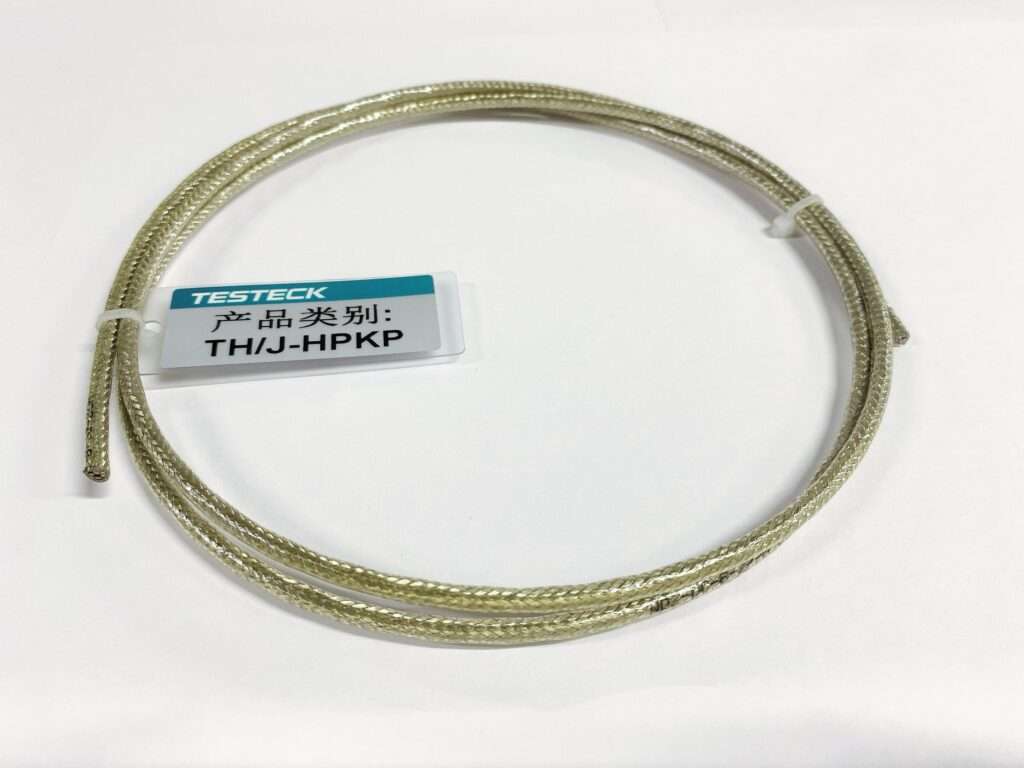
Material category: polyetheretherketone (PEEK)
Radiation resistance: 1×10⁹rad
Temperature range: -60-250℃
02 Cable model TH/J-HIKI
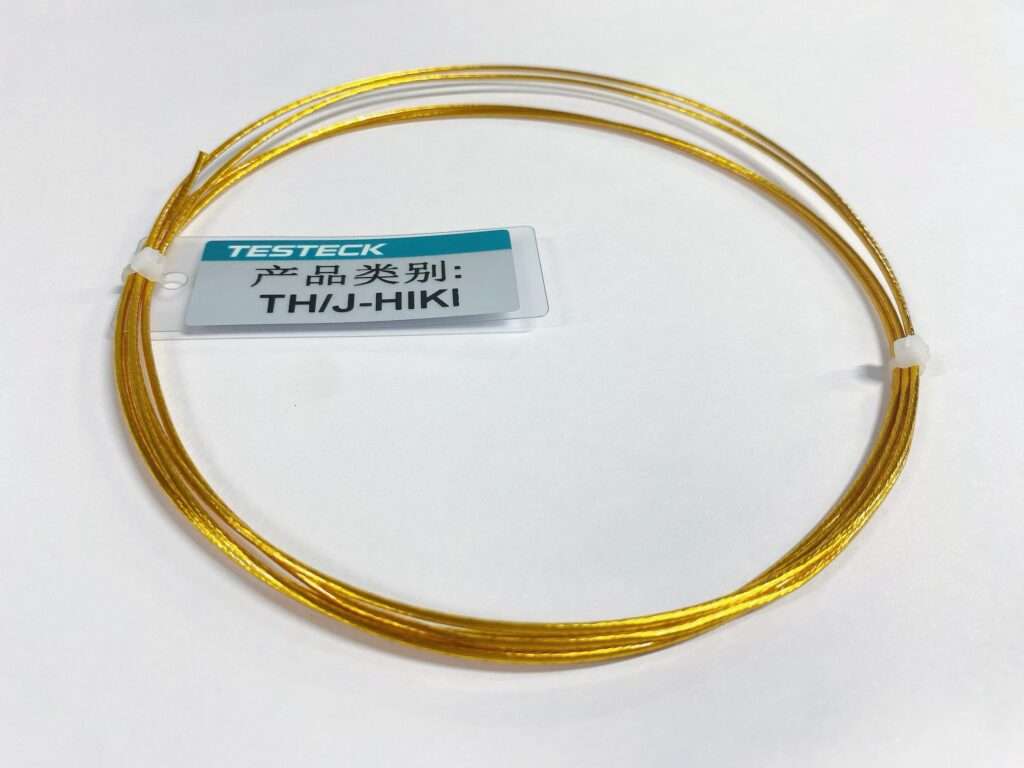
Material category: extruded polyimide (PI)
Radiation resistance: 3×10⁹rad
Temperature range: -190-260℃ (300℃)
03 Cable model TH/J-HLSP
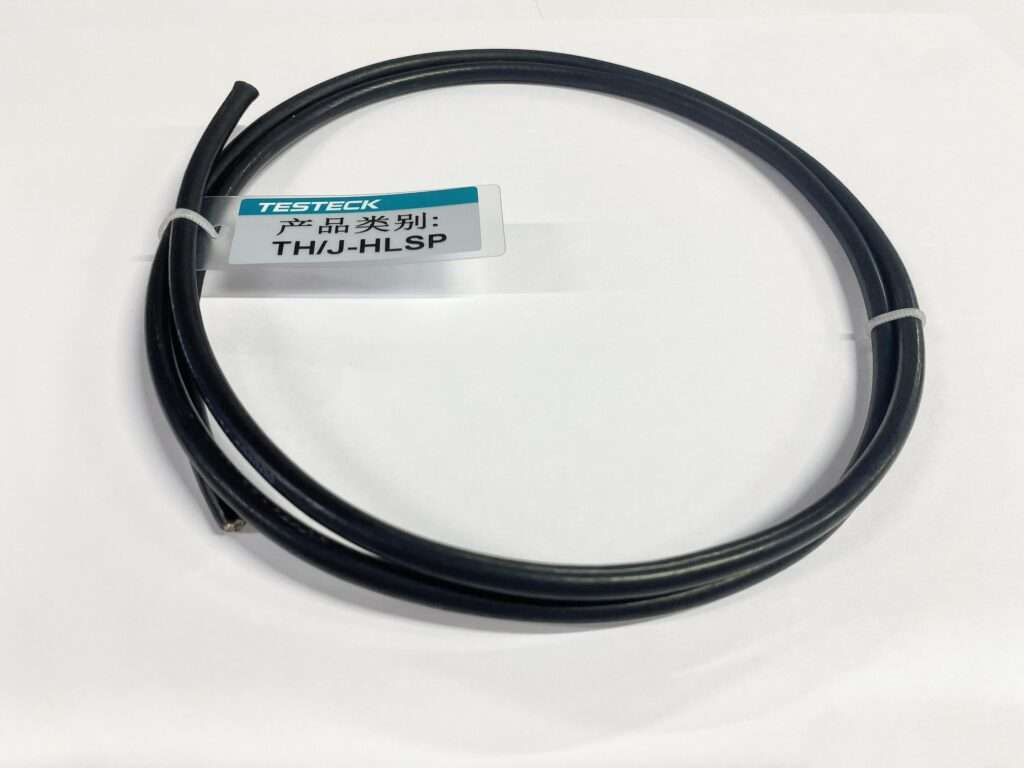
Material category: cross-linked polyolefin insulation (XLPE)
Radiation resistance: 5×105rad
Temperature range: -40-125℃
04 Cable model TH/J-HGJP
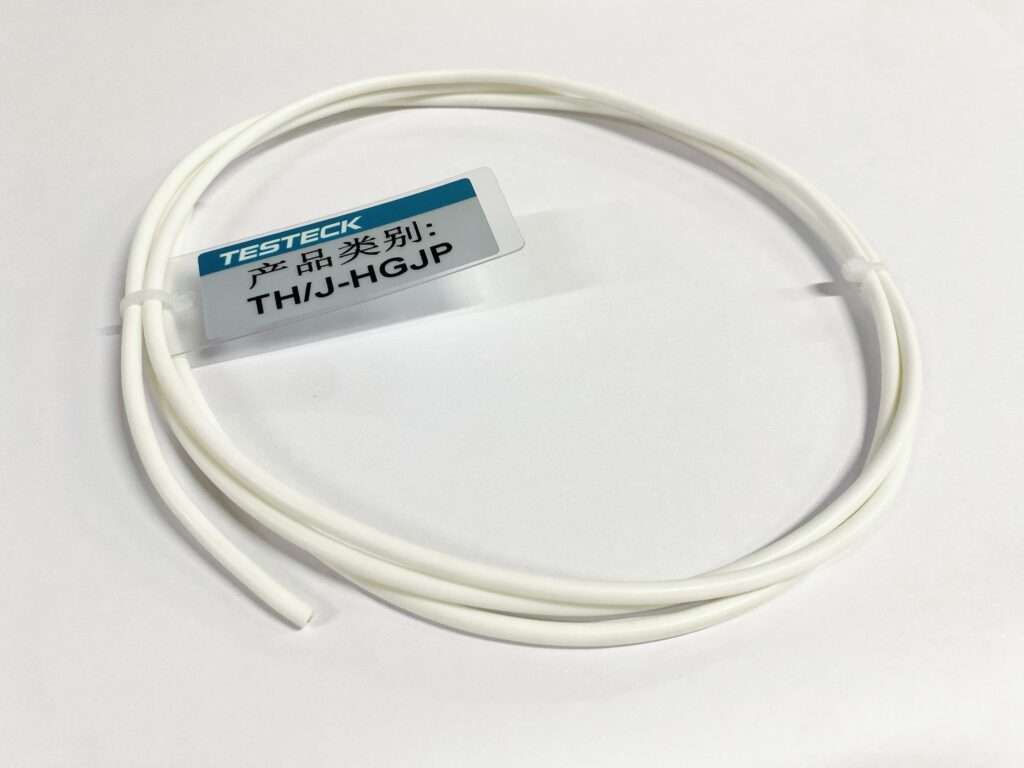
Material category: special silicone
Radiation resistance: 1×107rad
Temperature range: -50-180℃
05 Cable model TH/J-HXF40P
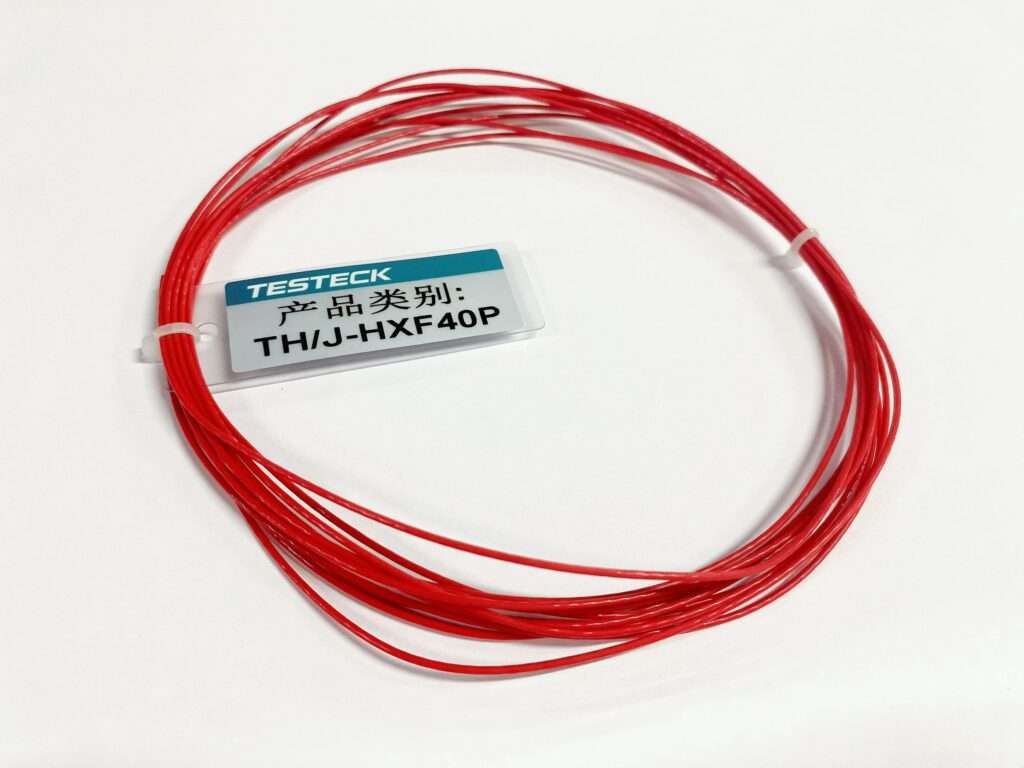
Material category: XLETFE (cross-linked)
Radiation resistance: 1×108rad
Temperature range: -60-150℃
III. Case witness: Performance verification from laboratory to actual battlefield
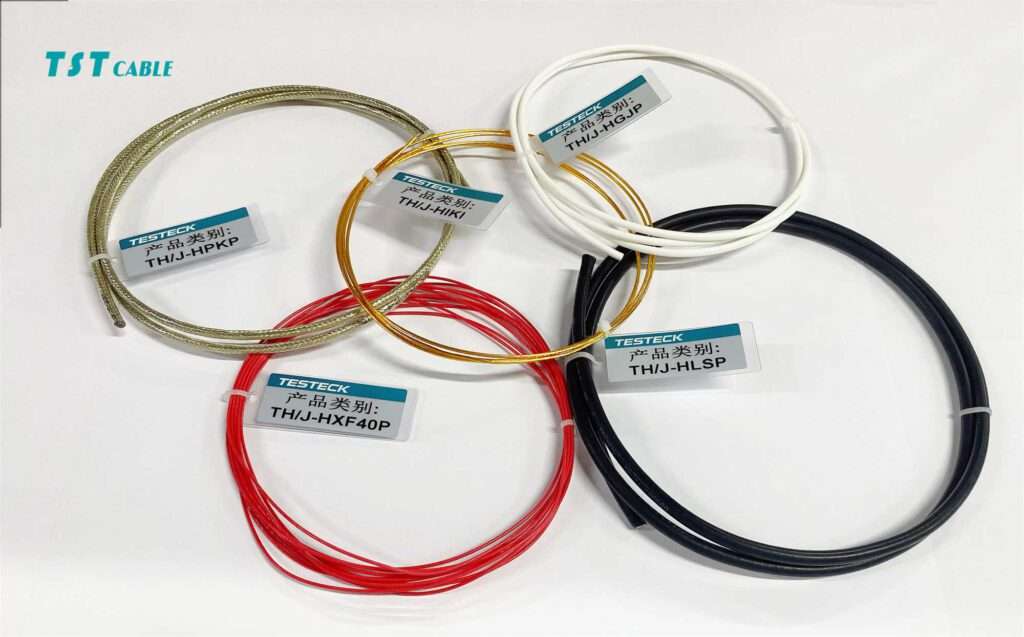
TST CABLE solutions have been successfully applied to many landmark projects:
Application of rear-end cable of oxygen sensor in nuclear island
Application of internal wire and extension wire of control cabinet of CGN Group
Application of rear-end cable of temperature sensor of Shanghai Electric Group
Application of nuclear detection instrument in Fujian
Conclusion: Invisible defense line, visible responsibility
From nuclear power plants on the coast of the East China Sea to nuclear test bases deep in the Gobi Desert, from the rotating rack of medical CT machines to the power cabin of deep space probes, TST CABLE is based on material innovation and guided by scenario needs. The systematic solution is opening up new possibilities for reliable connections in extreme environments. As humans continue to knock on the door of atoms, this cable with a diameter of only a few centimeters is writing the most hardcore safety commitment of China’s smart manufacturing.
If you want to know more about TST CABLE’s innovative product “Nuclear Radiation Resistance Cable”, you can email us at any time to get new product information and free samples!
Also available in:
Arabic
English
Japanese
Russian
Portuguese (Brazil)


